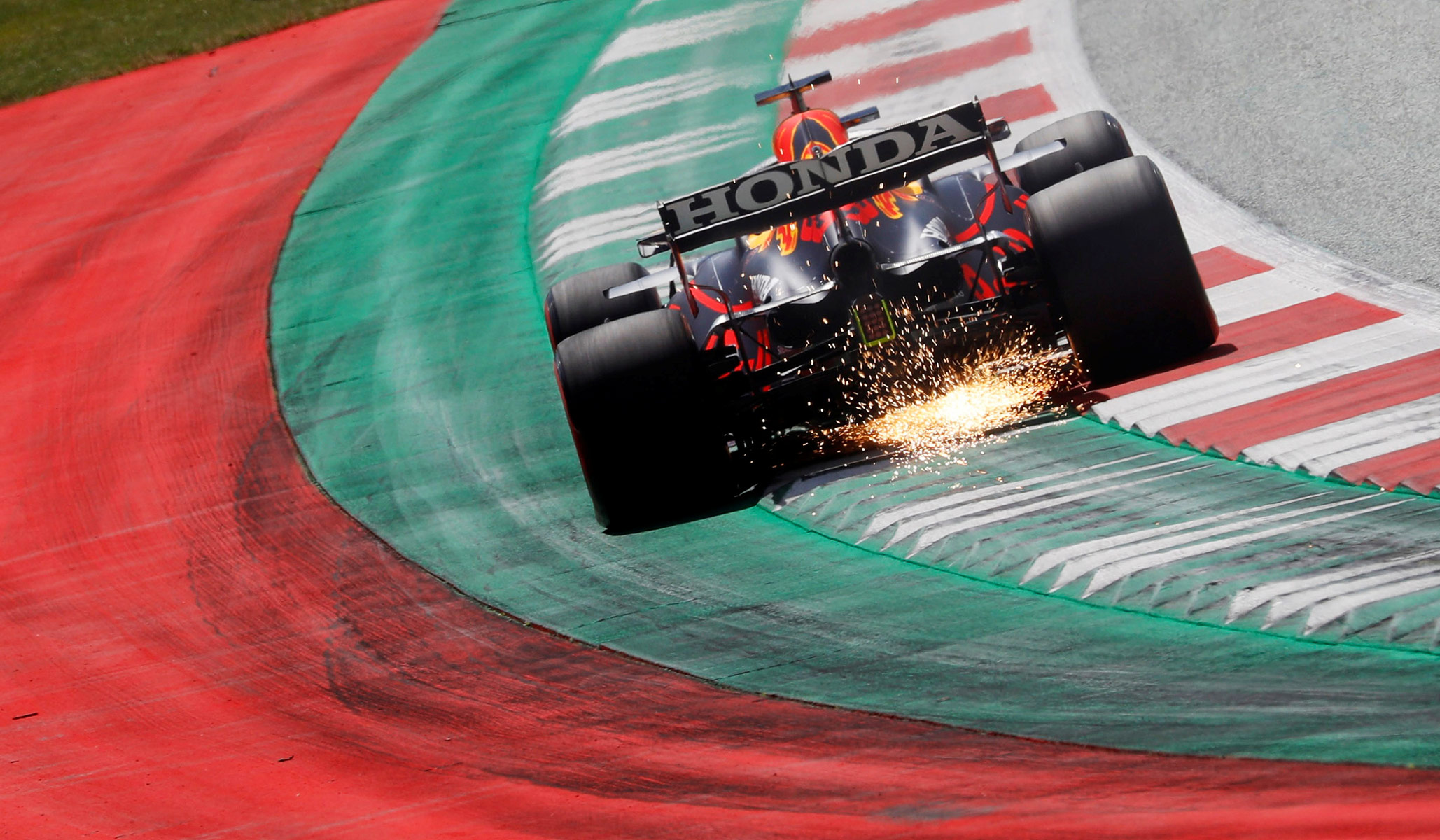


Endless have been the thought pieces and debates about men in women’s sports. Men are, on average, stronger, faster, and more physically robust than women. In most athletic competitions, advantages such as these make for comically one-sided decisions: high school boys beating professional women’s soccer teams, men in wigs trouncing female runners, and on and on. But sport has moved past the technological equivalent of Greek men tussling on a hillside — God gave us petrol. With advancements come opportunities for those who may have been precluded in the past.
What women lack in physical capability, they can make up for in skill. Like other more-static contests — shooting, sailing, and archery — racing asks less of one’s frame and more from one’s familiarity with the tool . . . in this case, several hundred horses aboard a horizontally facing spaceship. Formula 1 (F1), the premier international racing organization, has it in mind to bring women into the sport in a way that makes a lot of sense — less forced integration and more increased familiarization.
The New York Times reports:
It has been 47 years since a woman drove in a Formula 1 Grand Prix, when Lella Lombardi of Italy finished 12th at the Austrian Grand Prix in 1976.
In 2019, the all-female W Series started in an attempt to provide a way to get women behind the wheel, but it collapsed in June without seeing a woman close to a Formula 1 seat.
Now, F1 Academy has filled the void, an all-female racing series started by Formula 1 in April, with 15 drivers competing in three races during seven rounds. The first six are in Europe and the last in Austin, Texas.
But the series is more than about trying to find the next woman Formula 1 driver. It is also an attempt to bring women into other positions in the sport, such as engineers and mechanics.
The chance that a woman makes it to Formula 1 as a competition driver is implausible. She would have to move up three divisions, and the physical demands of the sport are profound. These young ladies will compete in cars with a quarter of the power that Formula 1 uses and with many times less G-forces endured. But just because the women won’t be racers in the top tier doesn’t mean they have nothing to offer the teams.
In contrast to sprinting, football, or tennis, the principal machine of F1 is not the driver’s body. The car, while regulated to a degree, is far more adjustable than biology. Female racers may very well offer new insights into tuning for body types and driving styles that are not yet explored. Further, these women could provide ideas on how to compensate for reduced upper body strength and endurance. Note: While not physically equal, they have the same competitiveness. The molar-grinding will to win will have these young women and their teams up late to deconstruct motorsport, hoping to find a new way to approach the literal and metaphorical apexes.
Whether these ladies end up as engineers, coaches, or maybe even race-day competitors, their physical attributes may be just the thing to usher in a new age of racing — ideally one with a little more thrill than the status quo.
